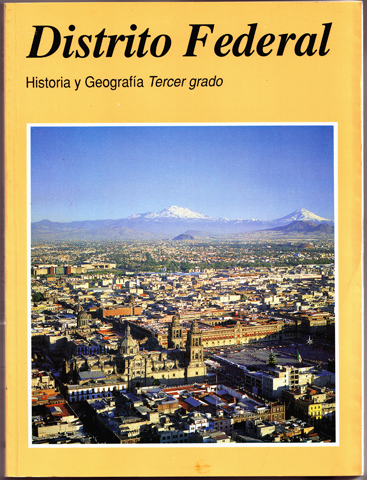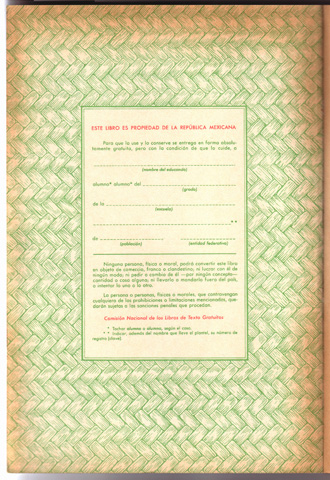

Due to their sculptural arrangement, the textbooks-as-catalogues were closed, showing their differing covers according to each edition. The transformation of these covers speaks about the transformation of their contents and the curricula in general. The oil painting titled “La Patria” by Mexican muralist Gonzalez Camarena is represented on the cover of the first edition. 523 million textbooks had portrayed this iconic woman, her indigenous features complemented by an eagle, a snake and the flag. These attributes of Mexican identity (the flag's official seal represents an eagle devouring a snake) are deeply engrained in the memory of every Mexican citizen. But these highly nationalistic representations have been tamed. The covers of subsequent editions were executed by a series of Mexican artists. José Luis Cuevas, one of the main participants of the “Ruptura” (an artistic movement that questioned the institutionalization and hence validity of muralist painting), designed the “History” course book. His cover depicts the portrait of a national hero of the independence war looking towards his right. He is situated over a simple red background and his features are very discreet. Though I understand Cuevas' decision to get rid of symbols and work with other narrative strategies, the concern here is that any reference to national symbolism is compromised. Adding to this is the fact that gradually, the covers start being produced by lesser known artists. Startlingly, the cover of the last edition is a color aerial photograph of Mexico City (the covers of books distributed in different states present photographs of their capital city). This generic and atemporal vista, which resembles a postcard of downtown, is placed on a yellowish cover lacking any kind of specification.
